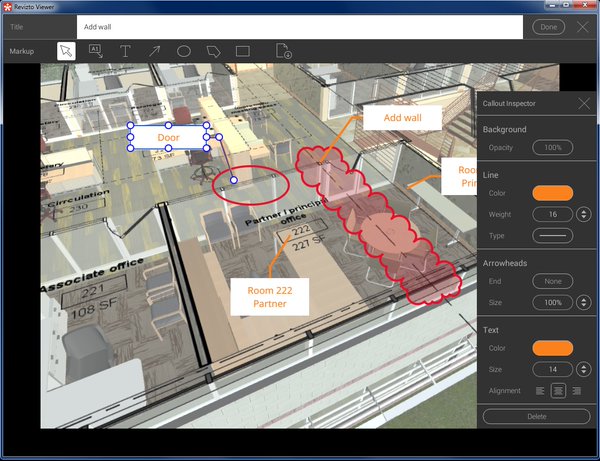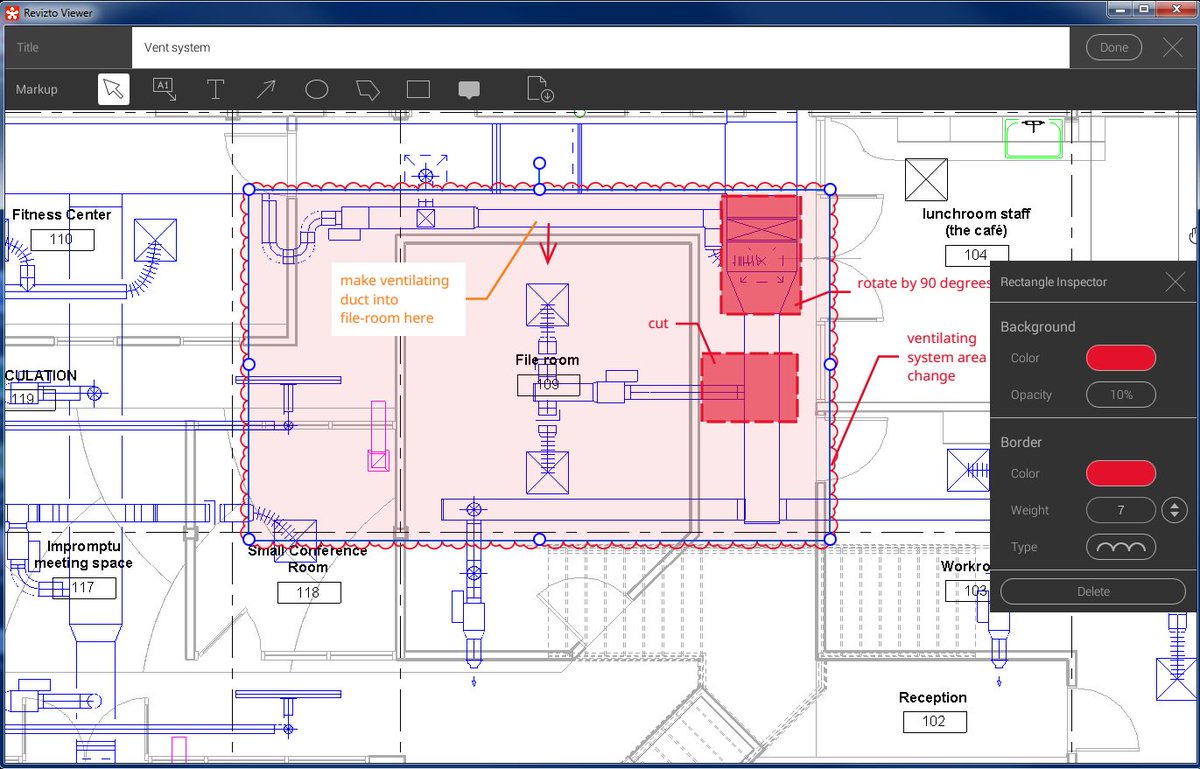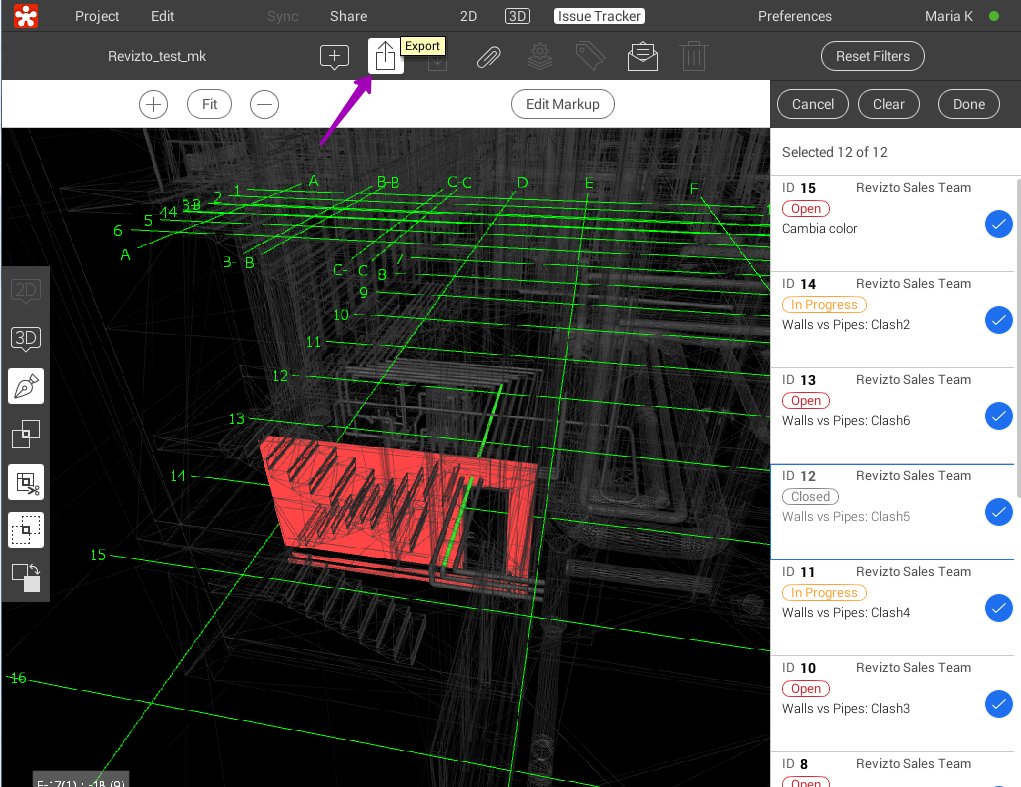Revizto
Cloud Computing and Construction
Most builders will bim coordination use BIM management in an effort to reduce prices only, but, some are realizing the narrowness of the strategy and are making much more use out of their applications. The reason why BIM management is indeed capable of lowering costs is because it can eliminate all components that would be viewed as an unwise use of tools. As we consider the process of building, we can see where money may be lost and the reason why this kind of applications is desirable for building businesses. There have been several buildings constructed where the integrity of the construction is quite strong, and everything about the structure from the ground up is best. But some individuals have not take into account the earth that they were building on virtual reality architecture thesis .
The land may be quite loose and prone to settling, which might allow the foundation and regions of the construction to slightly move as the ground adjusts by small increments. With time, this process contributes to the need for a complete overhaul of the structure of this building, or for a demolition thereof. Thus, BIM management software was primarily developed to consider geophysical aspects into account with the building of the building.
This type of software is currently in its tenth year of wide use, and there have been many positive results from its execution. Some creative contractors and designers have been utilizing this software for different functions as they have www.revizto.com researched its capabilities. These teams of designers also included these people as spatial physicists, interior designers, and psychologists, which makes these groups some of the mostly widely creative in the business.
Such groups of specialists have been able to utilize BIM Management to design buildings with many desirable attributes. For the first time ever, buildings may meet diverse needs, they have been aesthetically pleasing, they were strong and safe, and they're still cost-effective. These groups were able to achieve such feats by implementing the ideals of their pros' concerns and by assisting everybody coming together to find ways where all of ideals--aesthetic, functional, etc.--may be simultaneously met.
Not often do we locate buildings in our towns that fulfill all of these considerations, but these creative minds could find common ground since they devised together. Such cooperation was possible because BIM direction has many interfaces and layers wherein many commands can be given at once. The chip within the program compiles the requests given through input signal and creates life-like projections of what it might be. Corrections can be readily made in the BIM direction, and feedback is instantly given with a change of the already present rendering.
With this in mind, alterations to the layout can be made within a meeting with all of the designers involved, and they're able to see instantly what it might look like. Afterward, they could deliberate on the potential for implementing these modifications. Even if the structure is under way, changes to the inside or smaller details to the exterior could be executed, and the changes implemented in real life could be upgraded to the plans. At the end of every construction period, the architect or among those designers can track the progress of the structure by inputting the items accomplished.
Big companies use BIM. Why small companies should invest in BIM too?
Have you got nagging questions about buying BIM to your little company? You don`t understand if Building Information Modelling is ideal for you? We recommend to not overlook the advantages of this powerful tool.
Every company That's involved At the business of construction should use BIM - if small or big. The large companies have larger jobs and they have more money bim collaboration software to invest in the latest technology, but the smaller companies continue to be suspicious about investing in this software. There are several myths about BIM.
Myth #1 - BIM is Just for big companies and big projects

This tool can help you to compute costs within the design and save money on evaluation and budgeting. Users can have all documentation automatically updated.
Myth #2 - BIM goods Are Costly
Getting started with BIM doesn`t have to be pricey. The Autodesk, AutoCAD, Revit LT Suite is an affordable way to get started with producing high-quality 3D models.
Hint #3 - Learning BIM is time-consuming
Learning BIM can be convenient for even the busiest company. For example, you need 20 minutes to complete the "Get Started" on line instruction, 1 hour to practice the Revit LT fundamentals and 6 hours to find out Revit LT essentials for modelling, documentation and architecture.
Myth #4 - Productivity suffers throughout the transition to BIM
More than half of BIM users experience a 50% productivity advantage in the long run or almost 20% of users experience productivity gains of more than 100%.
All these myths are only misconception, since transitioning to BIM is conducive to any little company as a consequence of a selection of solutions.
Small companies should understand that BIM is a fantastic investment, because in addition to providing them the usual and well-known advantages (like cooperation, coordination and visualisation for greater Revizto social network job outcomes), BIM adoption now will prepare them for the future. In the long run nobody will probably talk about this tool, as it will then turn into the way of functioning for the building market.
Small companies can make decisions and adapt to client/project/industry needs really quickly, especially when they've learnt how to use BIM before it actually matters on a live project. BIM is a chance, not the treat many believe it is. However, only in the event that you think your time as an investment.
The true significance of building information modelling (BIM) as a process is in sharing and managing multidisciplinary data (design-related and otherwise) coming in from and going to several AEC supply chain partners, for example, chief architect, the structural engineer, blog here the MEP (M&E) design adviser, the MEP (M&E) builder, the manufacturing team along with the setup team. Unfortunately, the perception still exists that for BIM to be successful all key project participants will need to embrace exactly the same BIM tool or application.
Whilst providing a BIM project with such a design environment is possible, it's very uncommon in the real world to find a design team that uses the same 3D BIM modeling application as the structural team. The exact same can be said about the MEP services group, the fabricators and the installation team. On the other hand, the single-tool strategy would produce the process vendor-dependent and limit the interoperability between disciplines.
Keeping this in mind, it's important to discuss how receptive BIM eases project stakeholders employing distinct BIM software applications to exchange and share information and attain collaboration. In the core of the open BIM design surroundings are impartial non-proprietary file formats that enable this trade between distinct BIM programs, systems, cost estimation applications and other construction-related applications. From the circumstance of BIM modelling, once we say 'data' we are talking about geometry-related 3D model info, cost estimation information, time schedule, amount take-offs, procurement data and specification data, amongst others.
If GRAPHISOFT ArchiCAD is the favored BIM tool used by the Chief architect; Autodesk Revit MEP for the MEP services consultant; and STAAD Pro is the primary program for the architectural designer. In the lack of open file formats, the BIM coordinator accountable would find it hard to make a federated model (master BIM version) and execute any clash detection action. Alternatively, open document formats facilitate 3D BIM coordination and interoperability. It's mainly due to this reason that open BIM is deemed as 'the' way forward in compelling the adoption of holistic BIM processes.
The IFC (Industry Foundation Classes) file format is just one such impartial non-proprietary file format created by BuildingSmart, a group of organisations within the construction and structure domain dedicated to improving processes within the industry through specifying tools, procedures and standards. IFC defines geometry and other construction-related information in a plain text-based binary arrangement which, consequently, is decoded by respective BIM software programs that encourage open BIM information exchange. This serves the purpose of all of the stakeholders (architects, engineers, contractors, fabrication experts and installers) that use different BIM, cost estimation and clash detection tools to successfully collaborate with each other.
Whilst finer nuances for various applications differ, BIM professionals will save their native BIM files in an IFC format and their project co-partners can then import the identical IFC files within their own native BIM application whilst keeping the geometric, parametric and construction-related info in the market. For example, following the design development and throughout the pre-construction stage, the federated BIM model can be imported within an IFC file to the application utilized by the expert fabricator to enable modular off-site fabrication.
COBie (Construction Operations Building Information Exchange) is another important data exchange standard considering the use of building information modelling (BIM) for centers and building operations management article project completion. This format enables only non-geometry project data that's updated throughout the construction phase to be passed over to the facilities management team.

This information is otherwise included in several disjointed documents and files making it extremely difficult to access, edit and update the information during operations management. The COBie structure is basically a spread sheet consisting of data, such as equipment lists, producer information, specifications, bill of materials and bill of quantities, amongst others. This impartial format can be obtained using distinct BIM, construction, design, estimation and maintenance software applications thereby helping facility managers to upgrade and maintain this database through the building's lifecycle.
BIM (Building Information Modeling) has become an essential instrument in building structure and construction. Developing a logical, virtual reality in architecture pdf organized model of all information related to a building project can help the project move seamlessly from 1 phase to the following.
BIM helps keep construction jobs on schedule and on budget. It will help ensure regulatory compliance. It helps facilitate the necessary collaboration that has to happen between a project's revit interference check toleranc planning and eventual construction. A quality BIM also will help keep stakeholders engaged with the process, including a kind of transparency that inspires trust and confidence.
For many individuals, the notion of a Building Information Model implies a comprehensive 3-dimensional representation of a building. With the 3D imaging and layout software technology available these days, it is true that designers and architects are enjoying strong new tools to do their tasks, and these 3D versions are in fact a huge part of BIM. They aren't, but what BIM is all about.
A typical BIM will comprise not only detailed renderings of the projected construction, but also certain information related to the technology, construction, and operation of the building. This information can include layouts, architectural Specifications, website information, content sheets, budgets, schedules, personnel and more. BIM is not just helpful in the design and construction of a structure, but may also be very valuable in the management of the building once construction is complete.
COBie
reviztoIn 2007, a pilot benchmark was developed by Bill East of the United States Army Corps of Engineers for the delivery of construction information that's indispensable to the operations, maintenance, and asset management of a building after construction for more information on wikipedia is complete. COBie (Construction Operations Building Information Exchange) was approved from the National Institute of Building Sciences at December 2011 as part of its National Building Information Model (NBIMS-US) standard.

COBie is used to catch and record essential project data at the point of source, including: product data sheets, spare parts lists, guarantees, and preventative maintenance schedules. COBie's popularity is increasing, and in September 2014 it had been included in a code of practice issued as a British standard (BS 1192-4:2014 "Collaborative creation of data Component 4: Fulfilling company's information exchange requirements using COBie - Code of practice"). This standard will require contractors involved in the construction of government buildings to comply with COBie when delivering facility information to the building operator after construction is completed.
Although this anticipation in Britain is controversial, and it has been characterized as "unrealistic", it's becoming increasingly obvious that the data included in Building Information Models can, should, and will be used to assist in look these up the upkeep and management of their construction after its construction. This is really where BIM becomes centre management, and this is where some enterprising software developers are developing a brand new market for themselves.
Some developers of BIM software have expanded their product portfolios by including Facility Management products which transfer the information from BIMs into a handy format for operating and maintaining the constructed building. This seems to be a natural extension of BIM, and these companies will profit greatly by placing themselves ahead of the competitors in what is nearly certain to turn into a large and lucrative market.
In the distance between BIM and Facility Management, there is frequently a need for increased automation. The exchange of building information today frequently requires an enormous quantity of labour - an amount of labor described in man-years.

Many times, facility managers are supplied several large boxes of paper documents, from which they must manually retrieve asset information and maintenance programs to be entered into Computerized Maintenance Management Systems (CMMS). This process usually entails pallets of boxes filled with newspaper of operations and maintenance manuals and drawings. Imagine the time required to create, review and transcribe hundreds of pages of files, affirm the transcriptions, and manually enter information, assuming a platform like a CMMS is actually utilized.
Even if a CMMS is used, maintenance technicians frequently still need to search for information in such paper boxes to complete many of their tasks. As time passes, documents could be moved or lost, raising the price of maintenance tasks and potentially raising downtime in mission-critical facilities. A study from 2011 indicated that 8% of annual maintenance budgets may be removed if open-standard electronic information were made accessible to technicians prior to beginning complex work orders.
That is where a few BIM applications developers are discovering a new market by supplying the resources to painlessly transfer BIM data into a facility management system. This is also where there htc vive architecture are still many who would gain from an open software platform which allows users to combine and organize disparate data, which makes it accessible for real-time visualization on any device.
Comments
Post a Comment